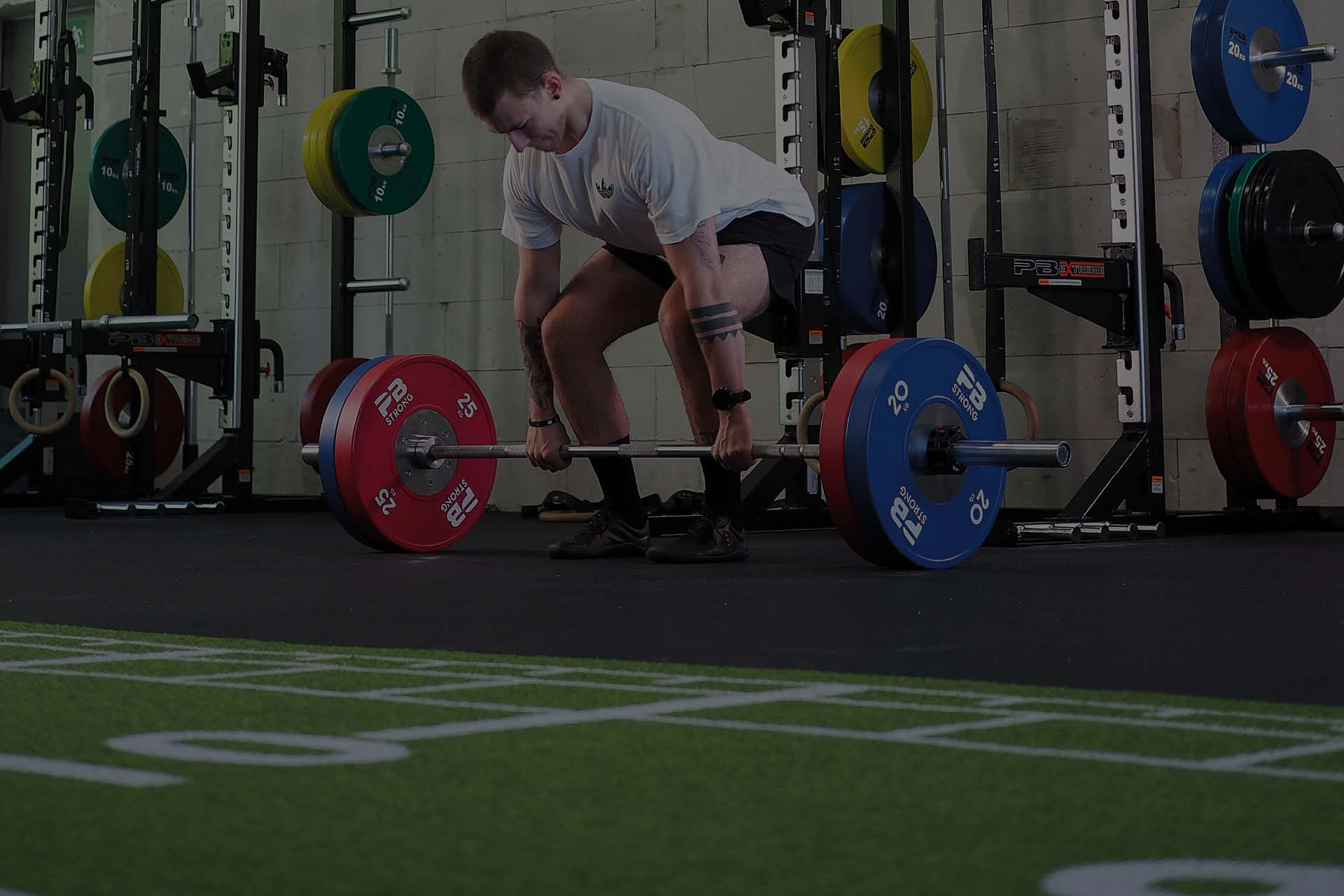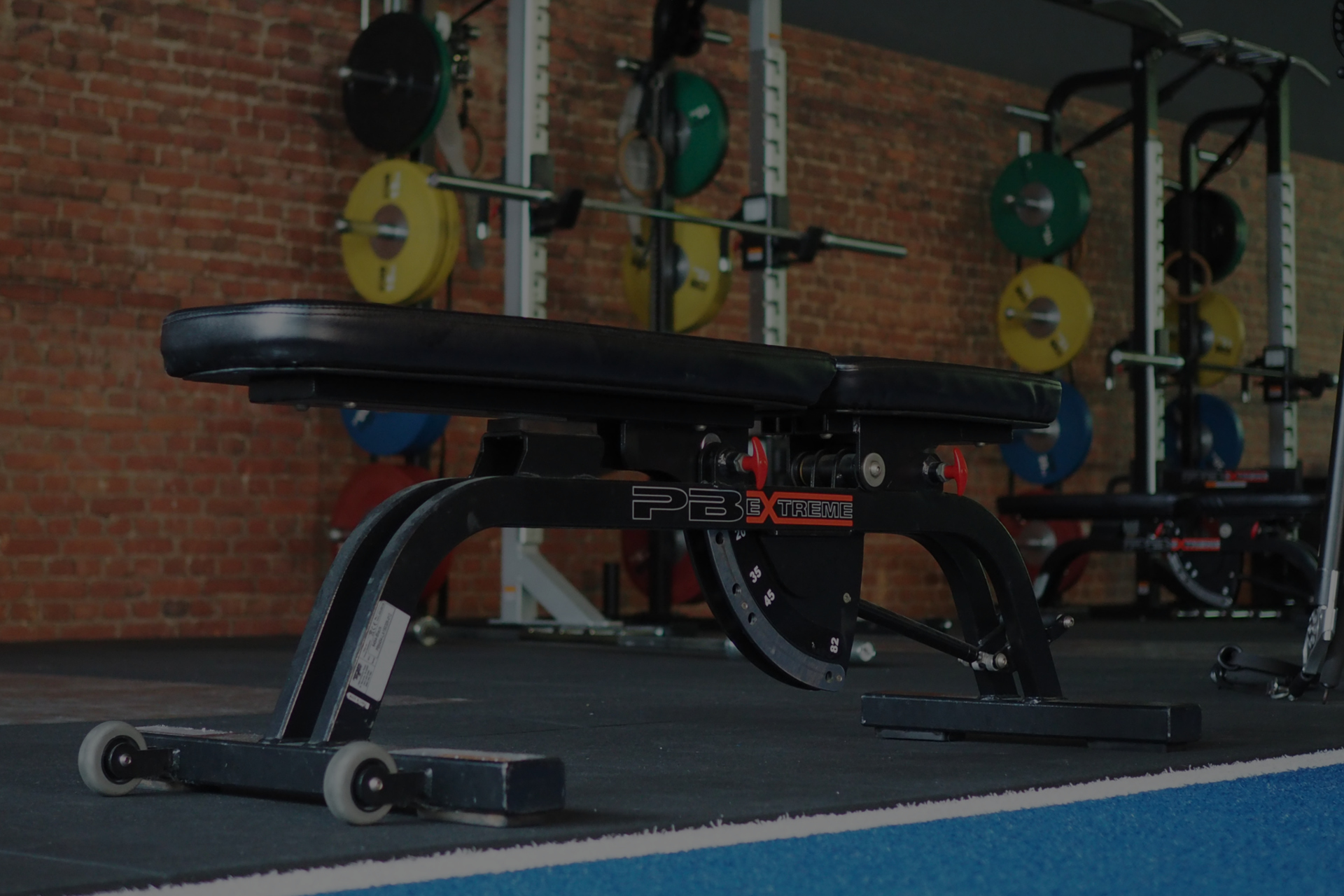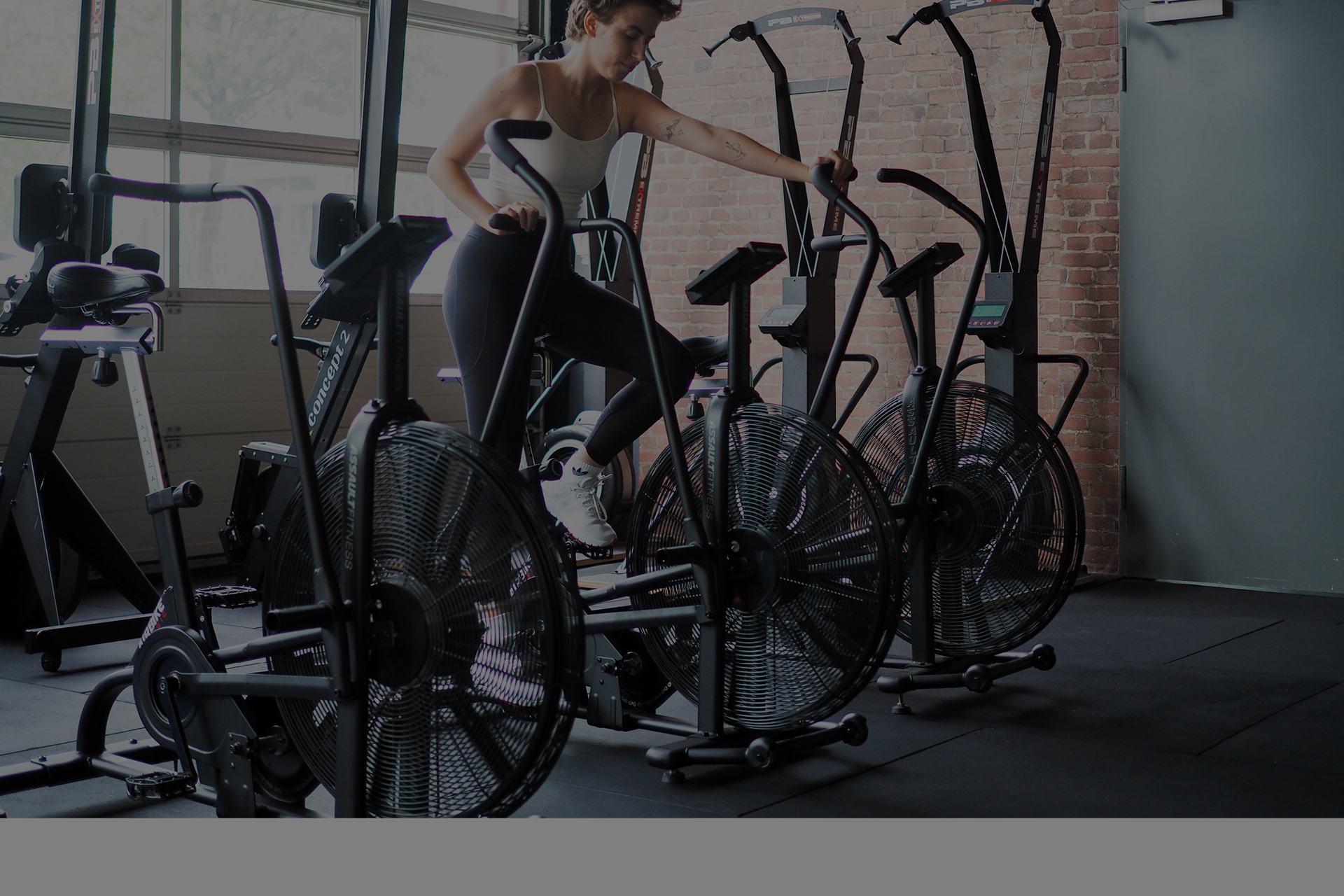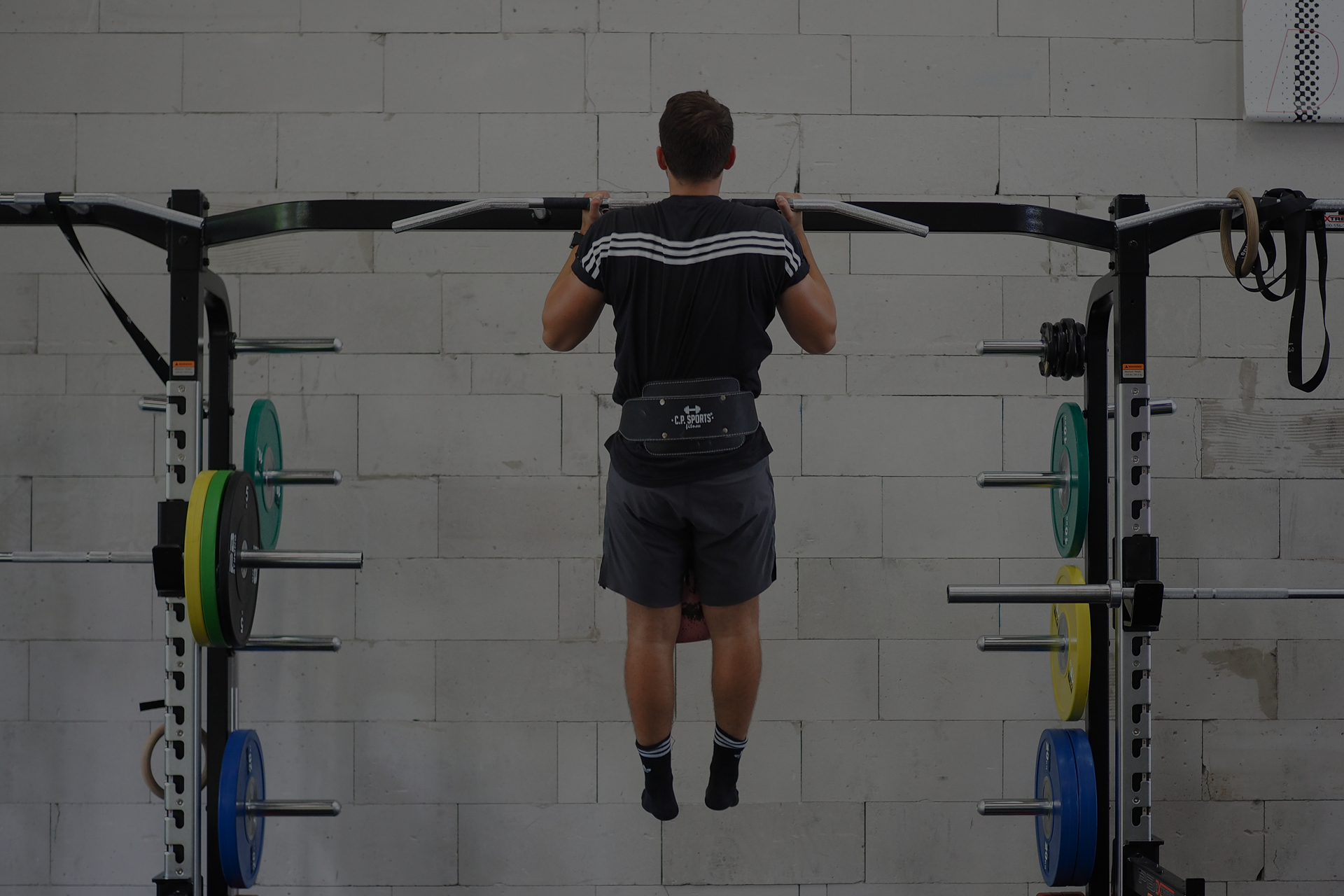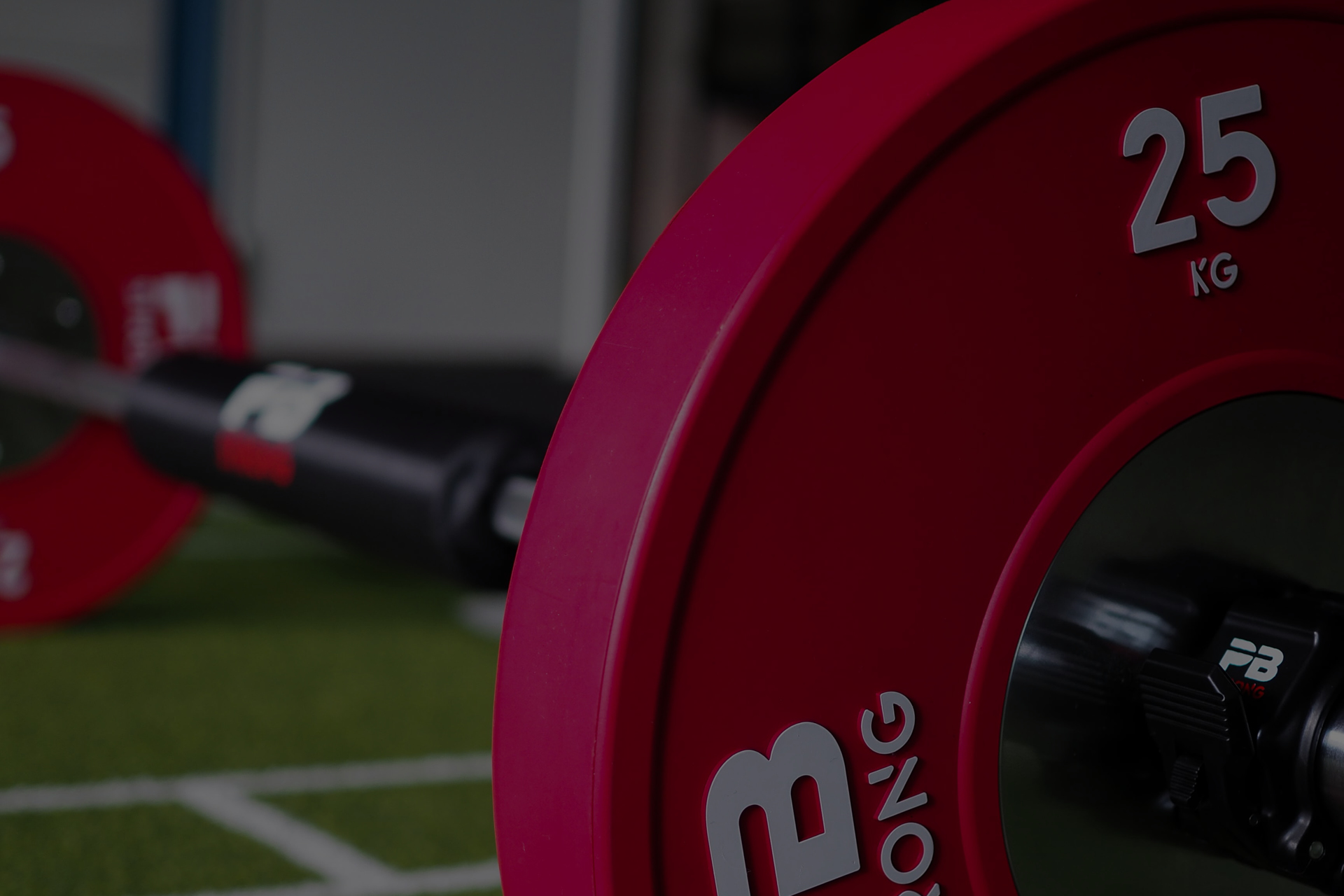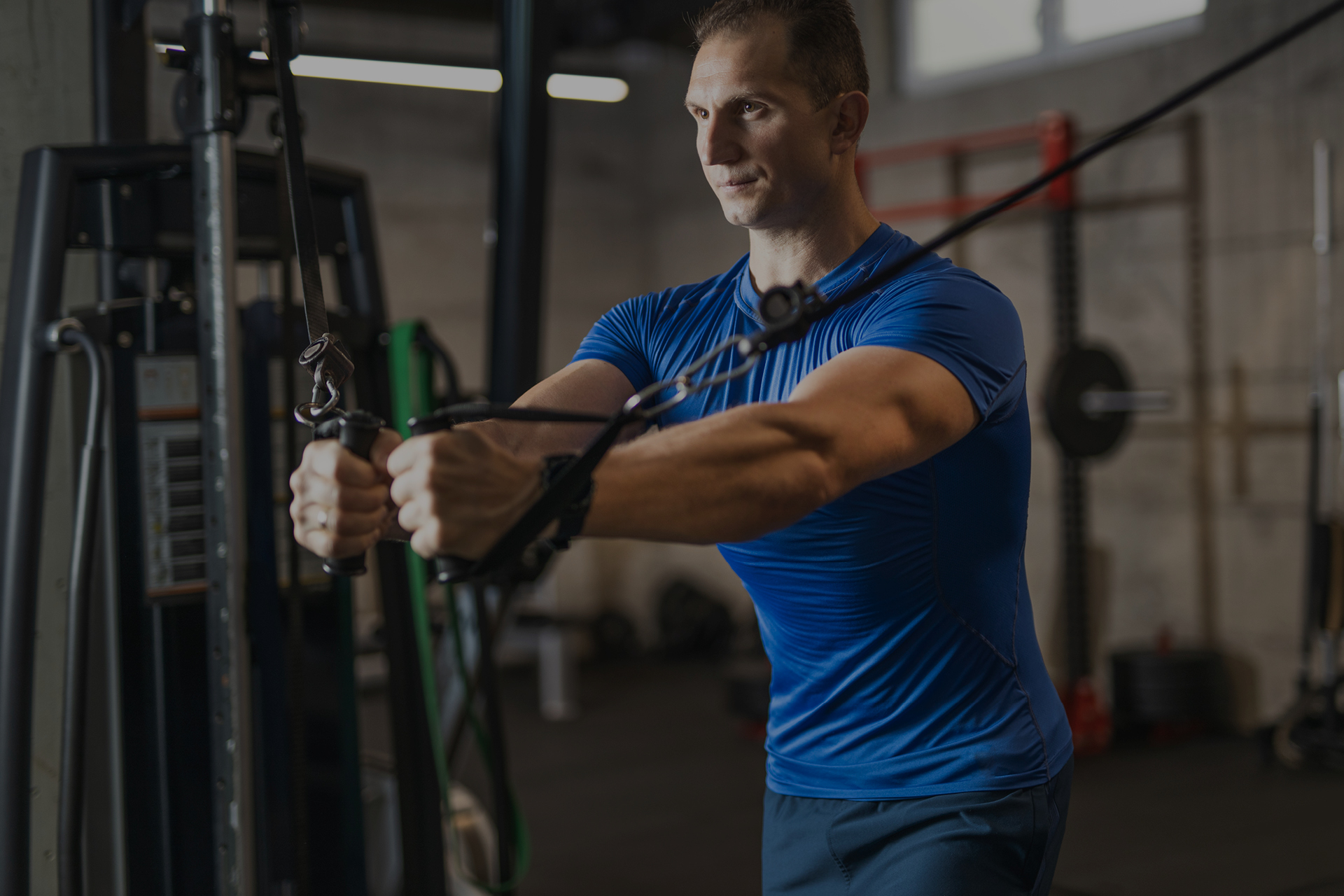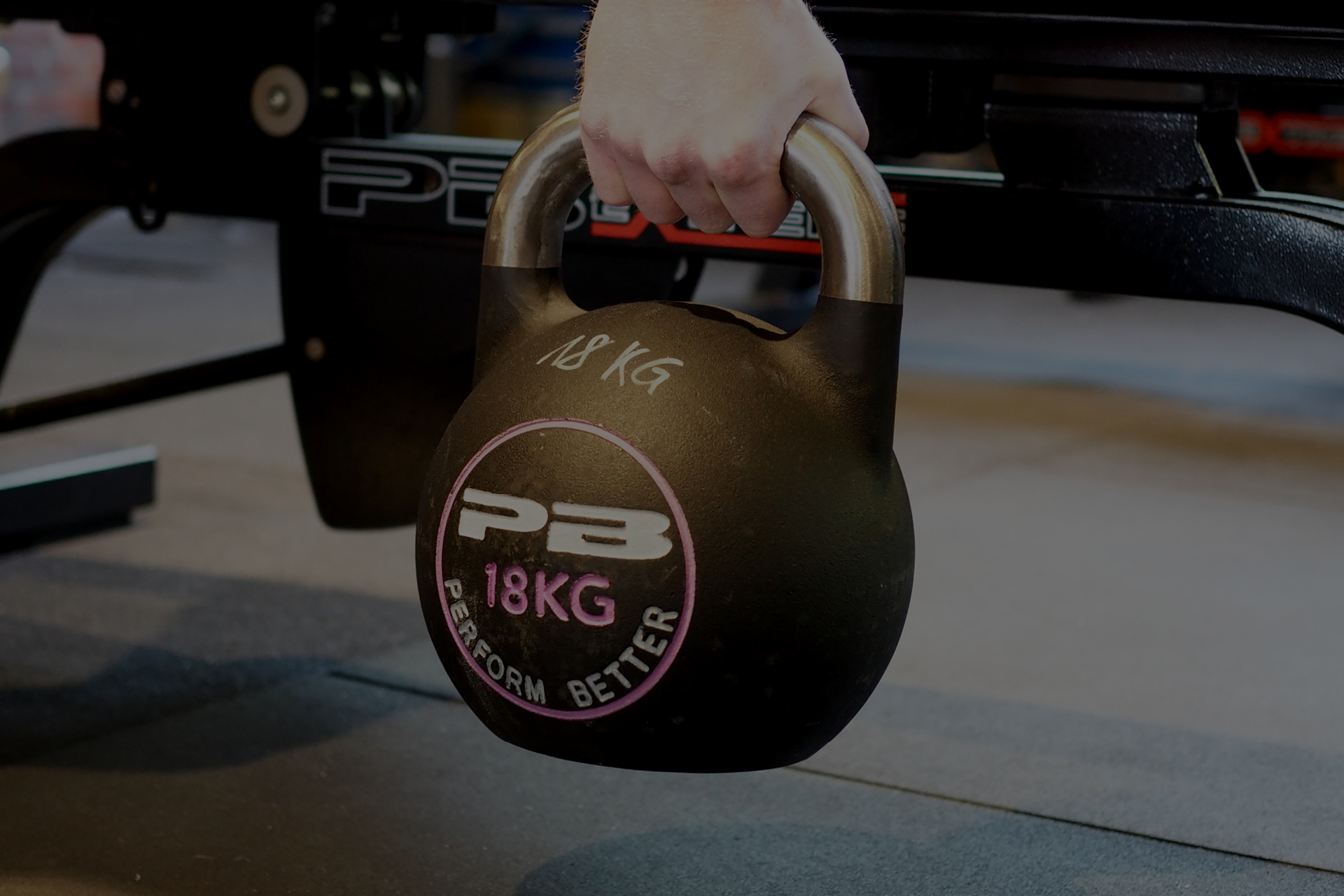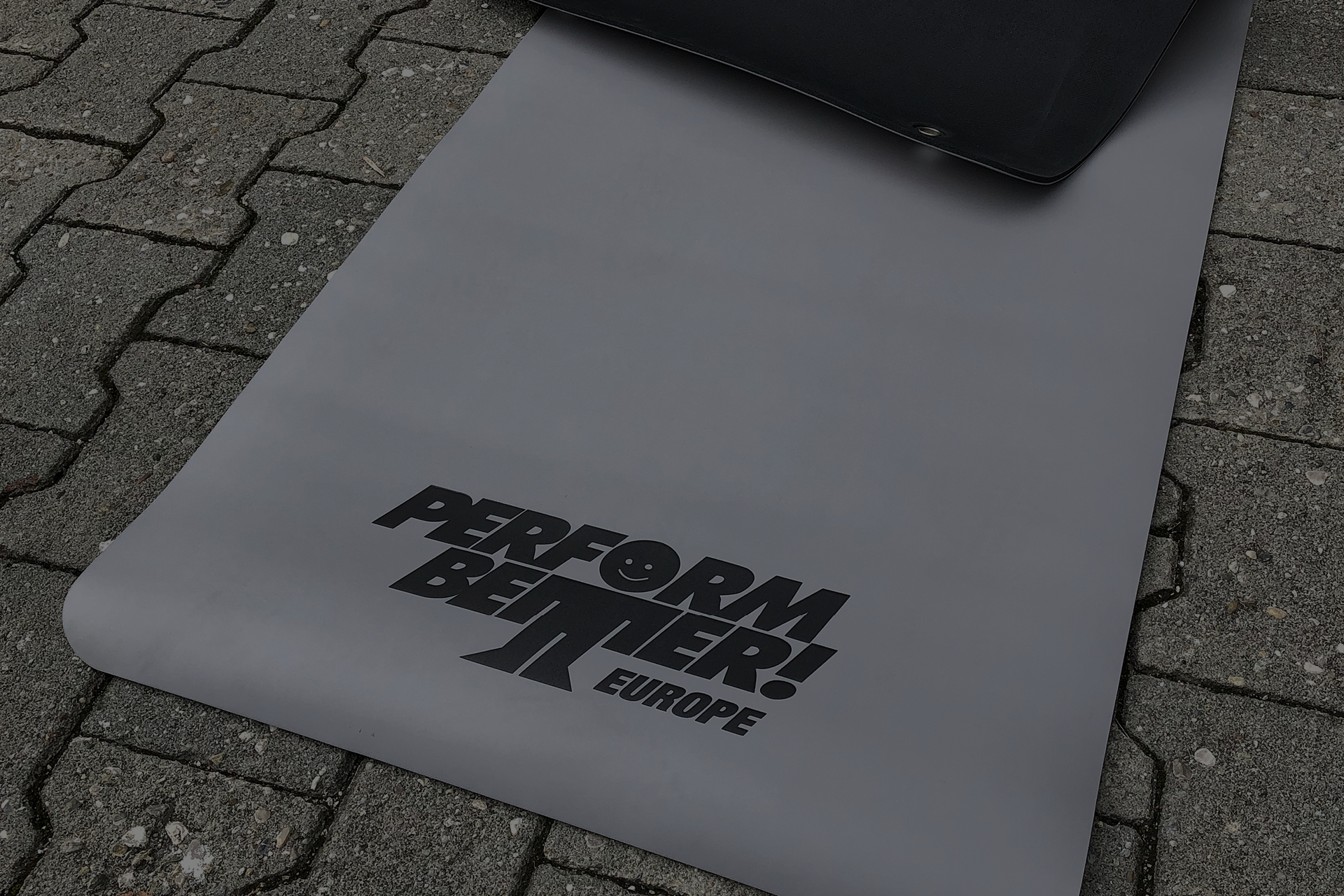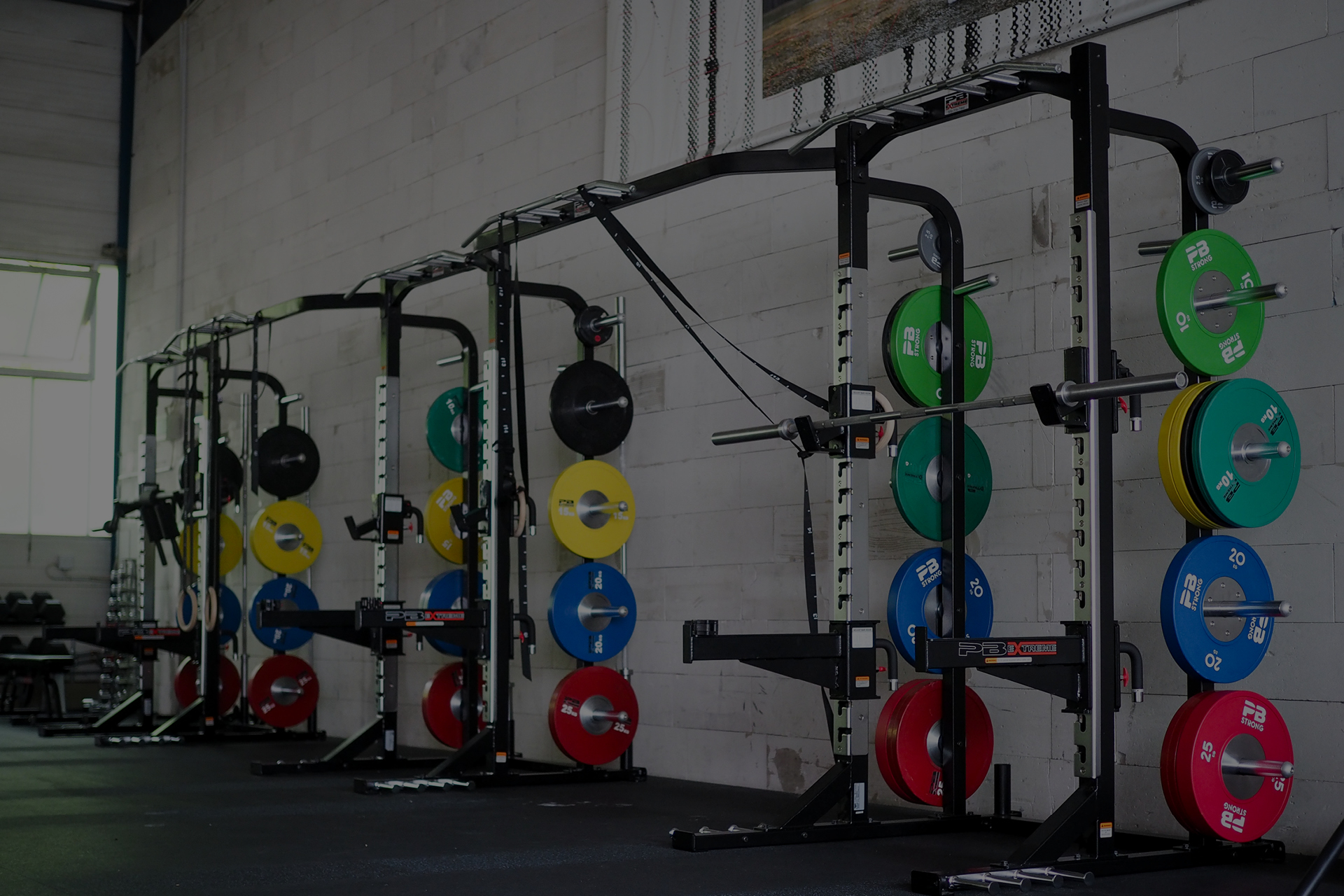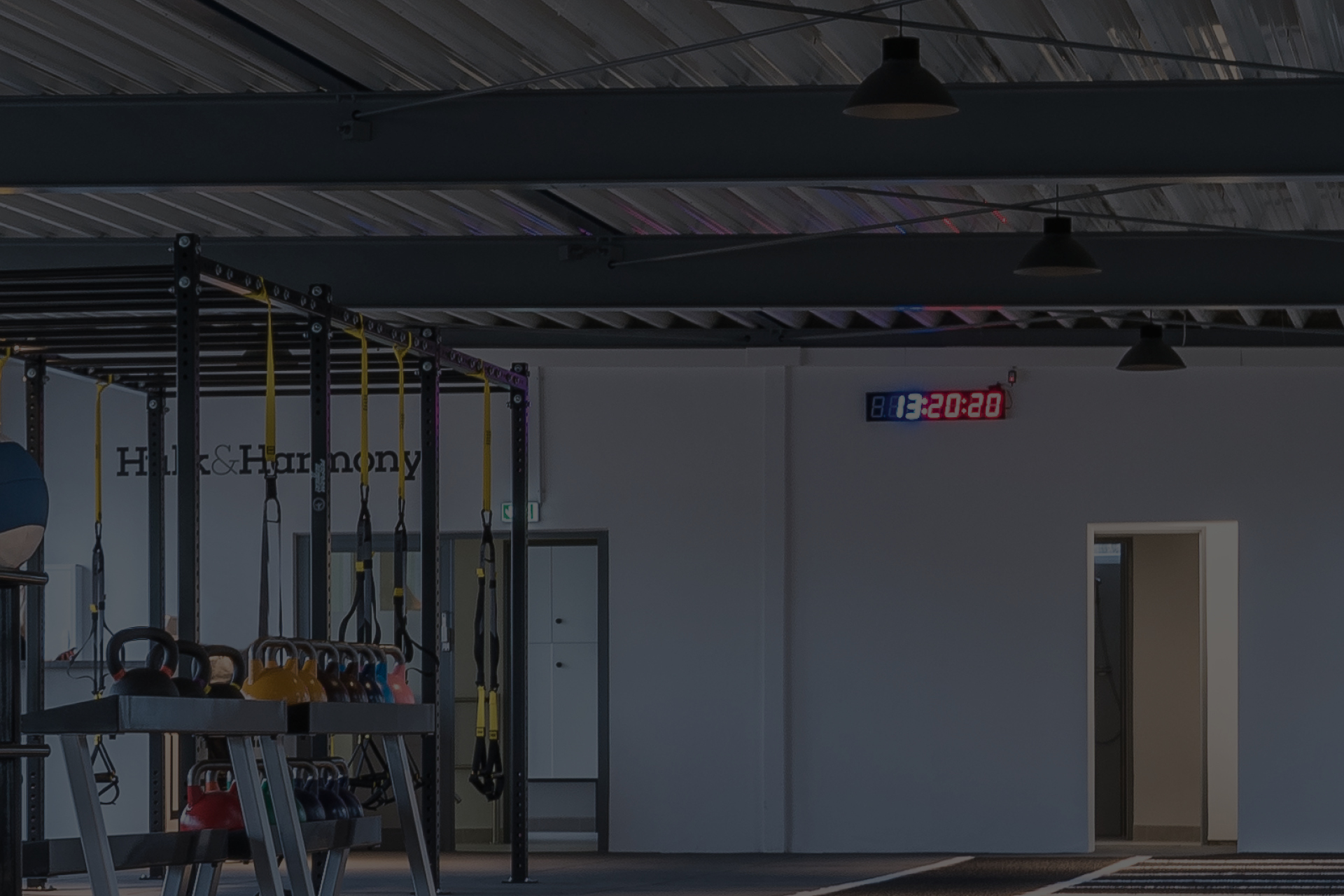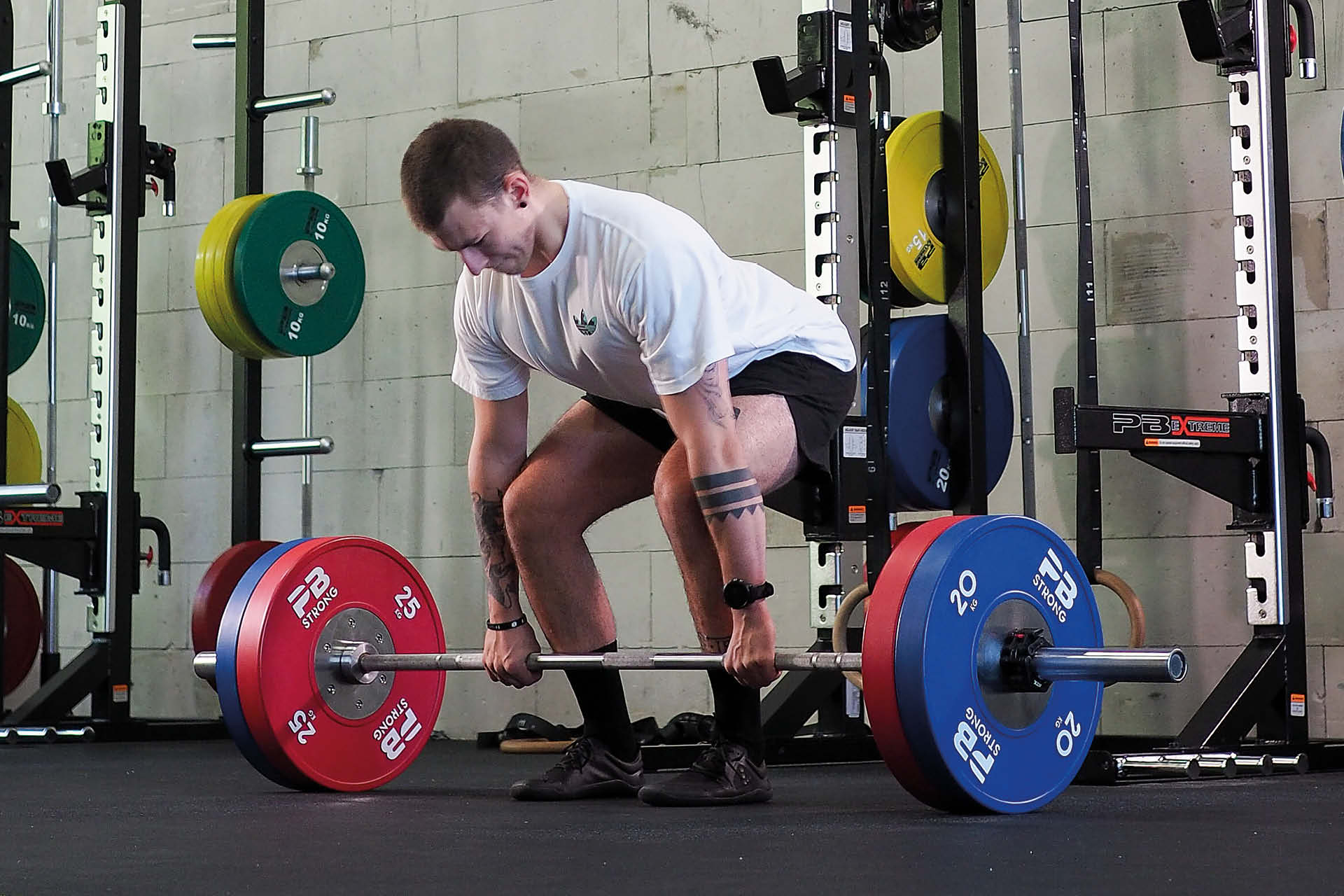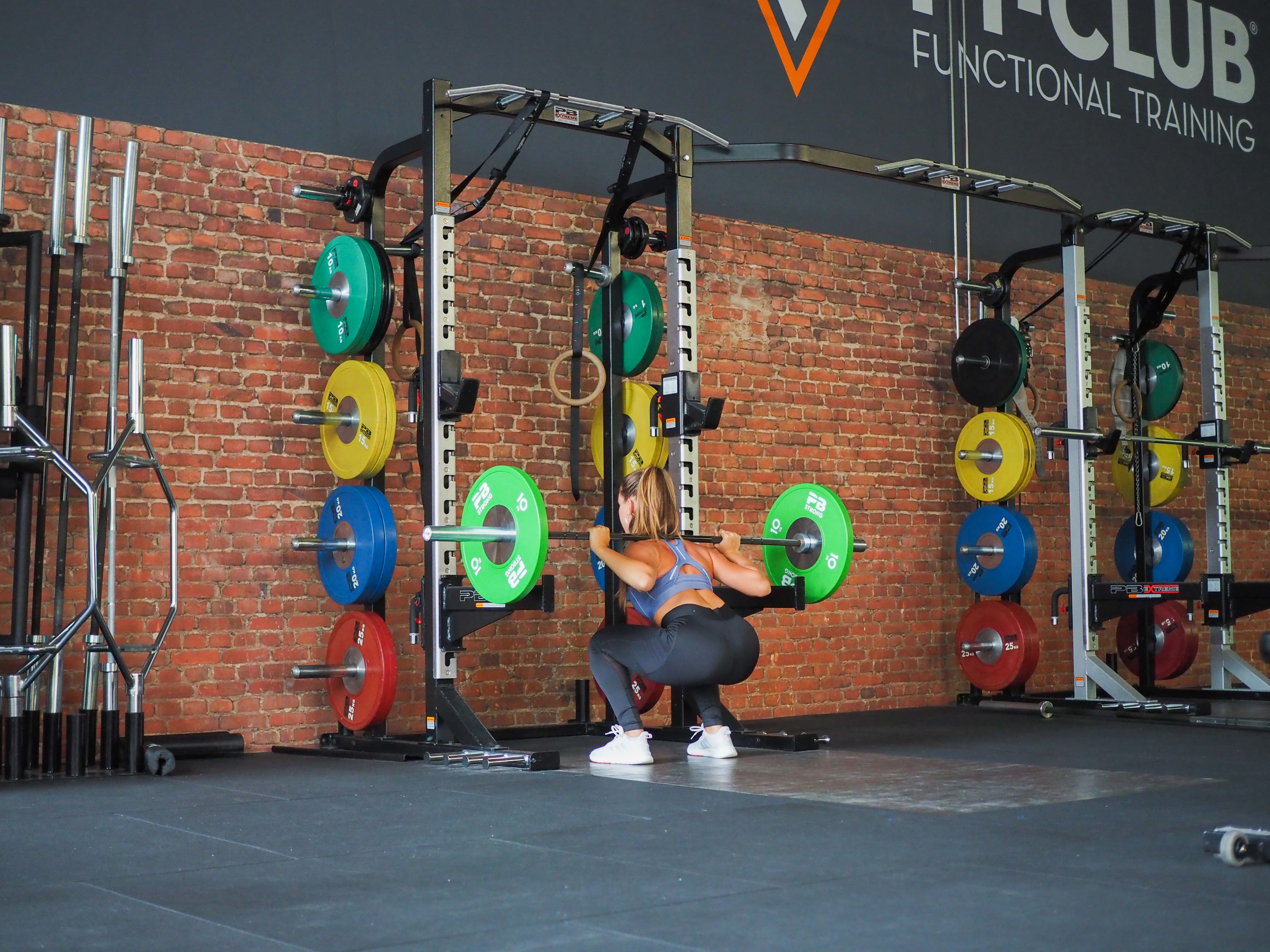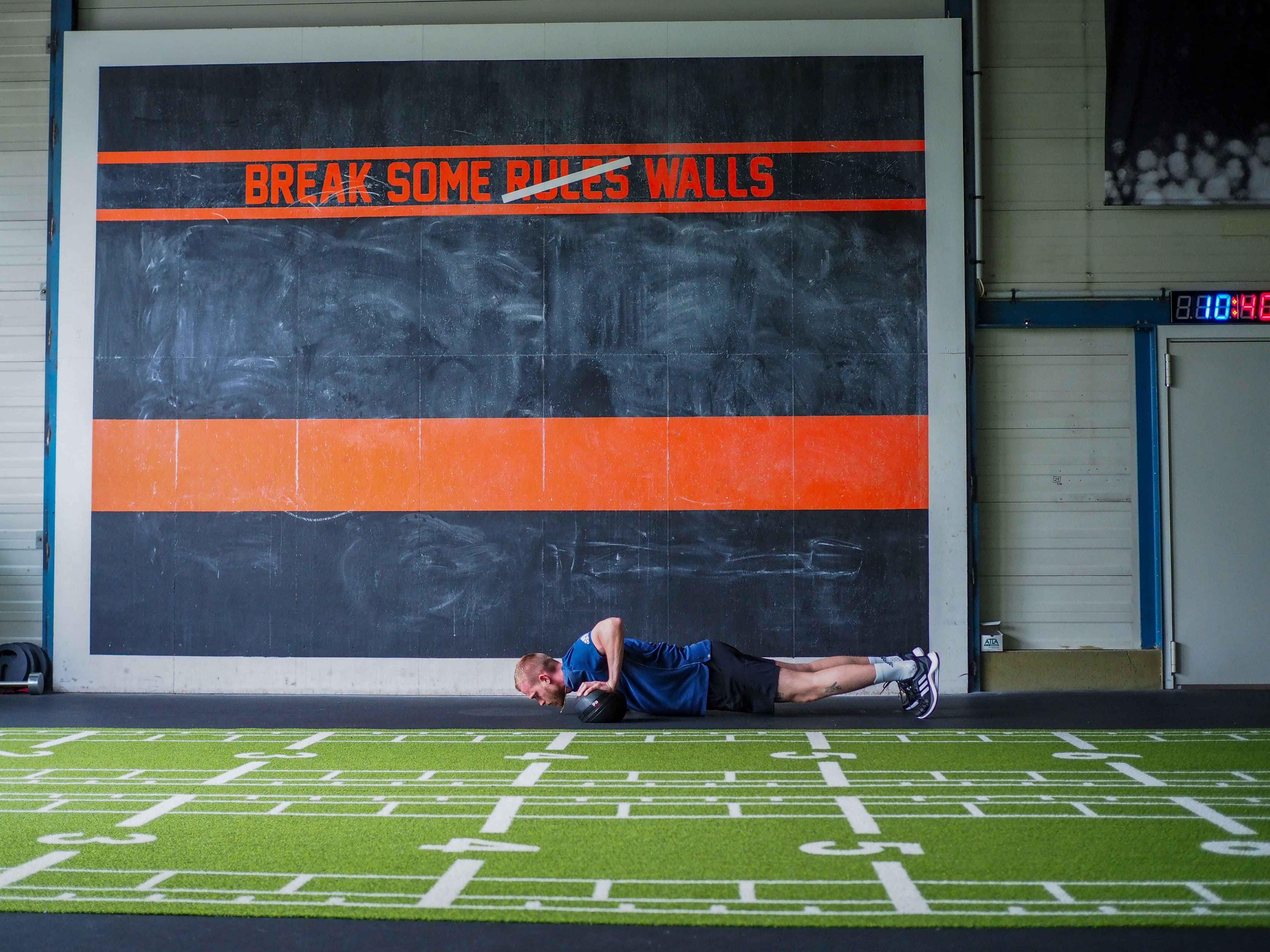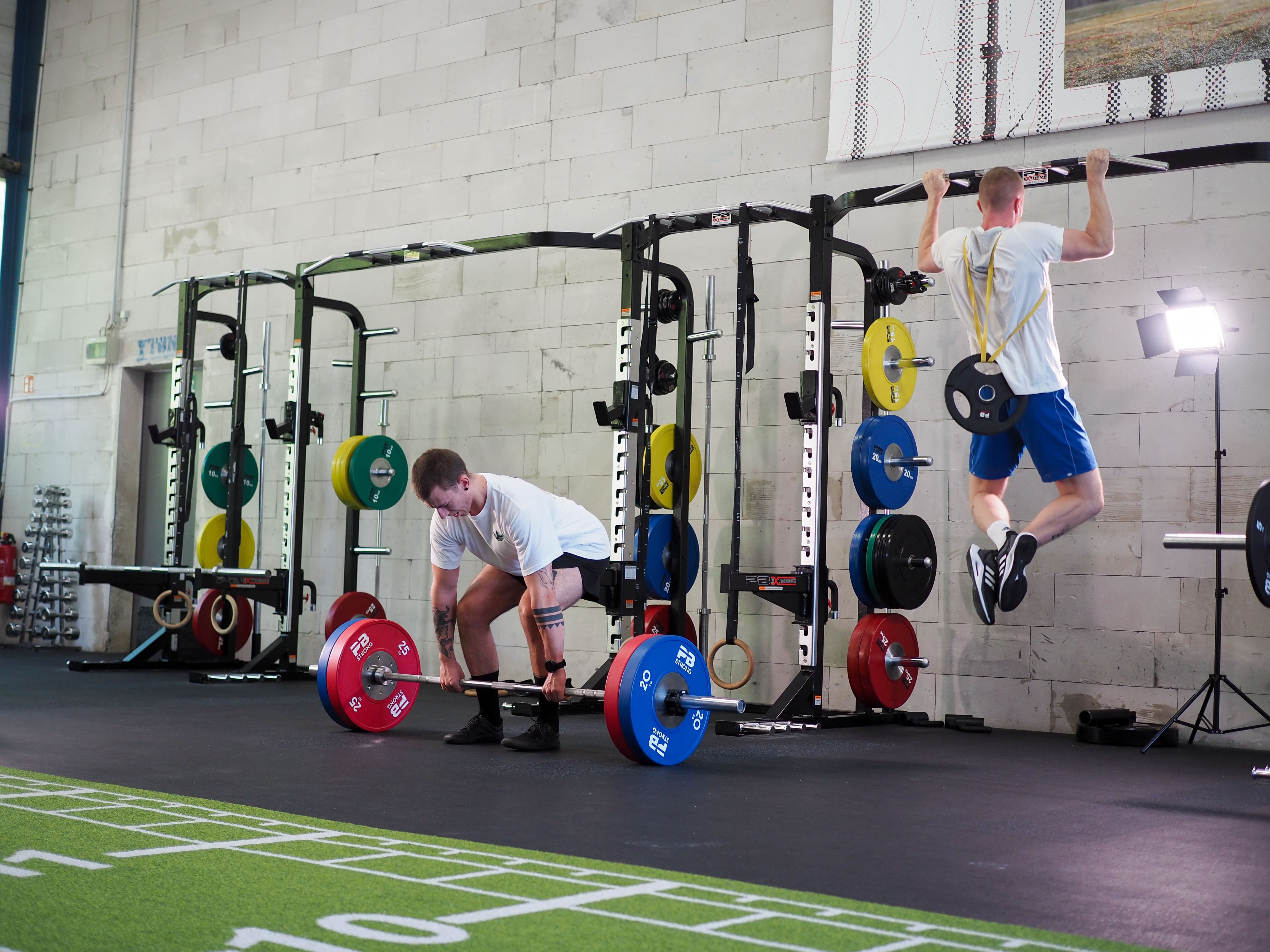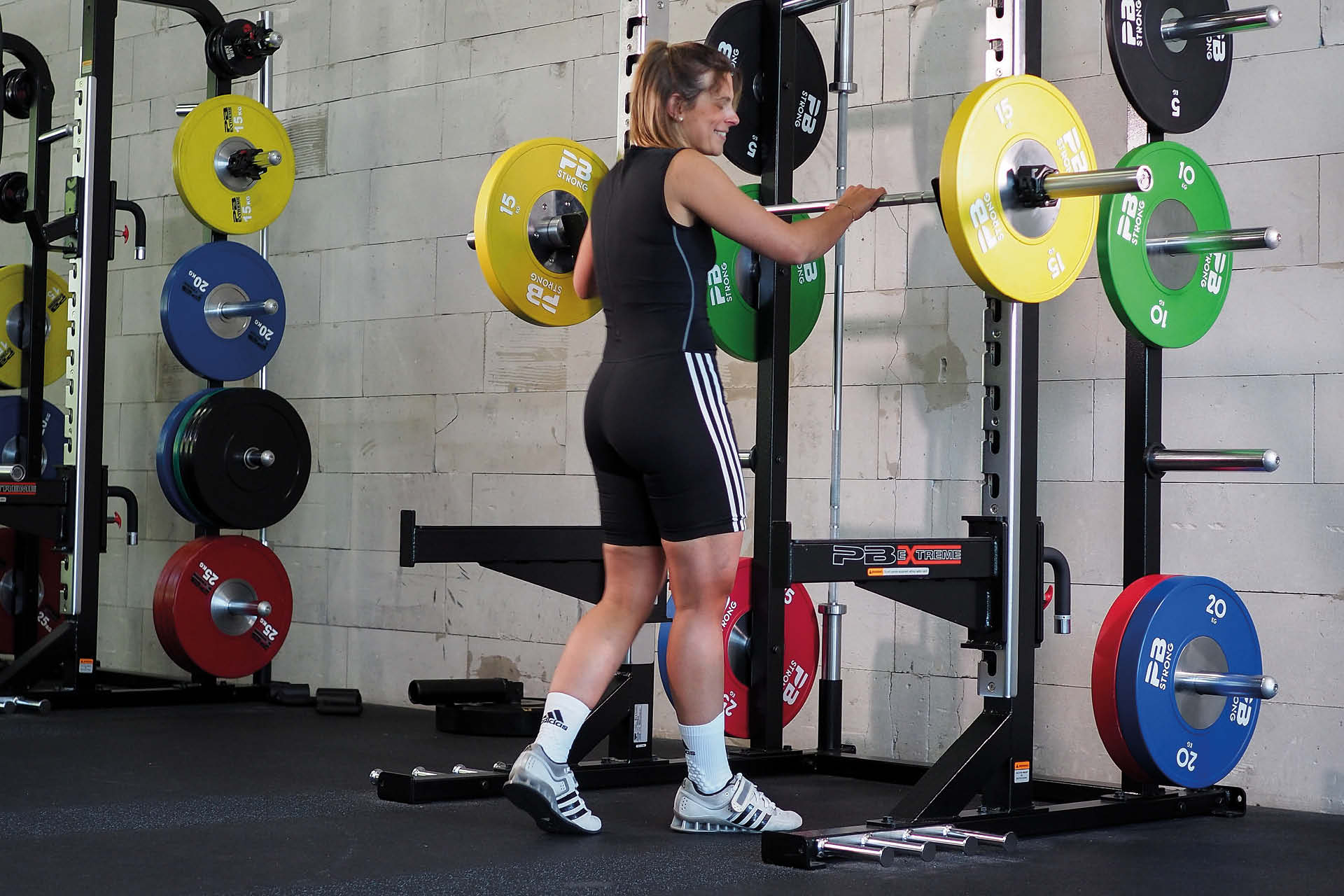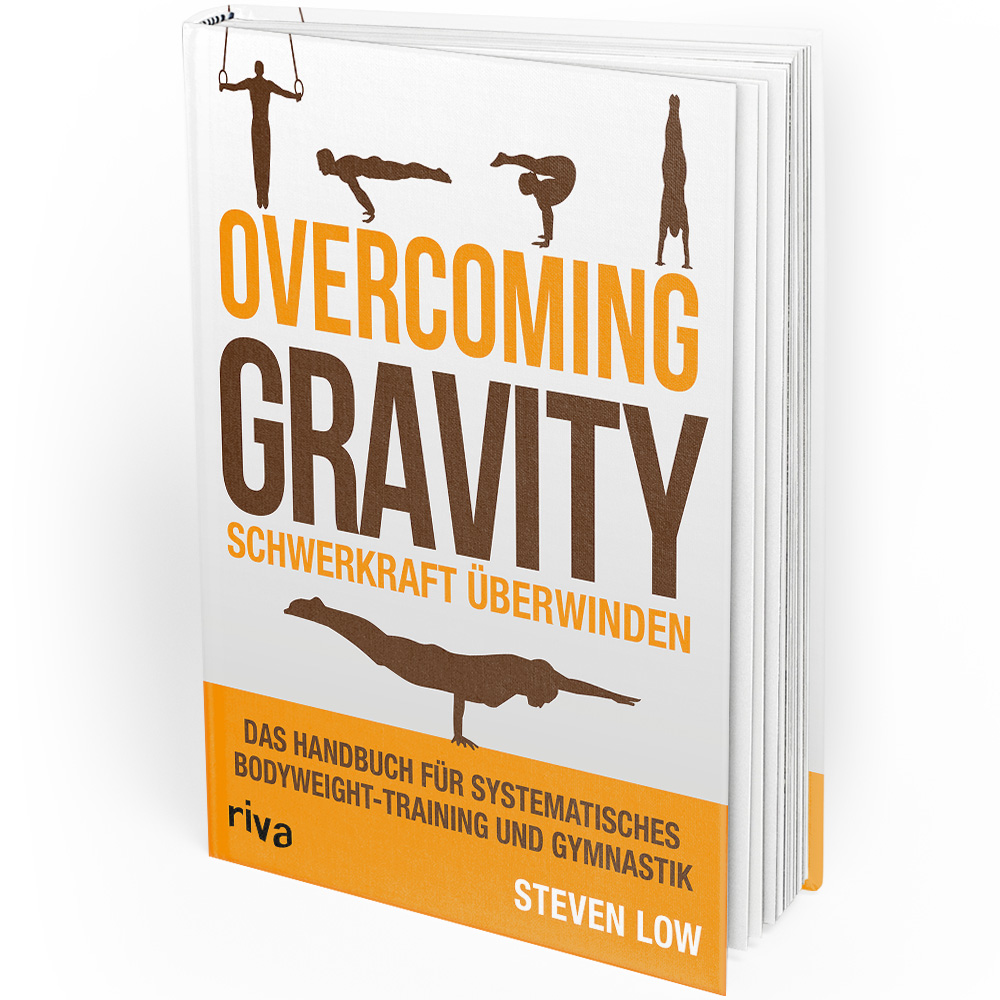All strength & endurance categories at a glance
What is strength training?
- Strength endurance training = helps you to make your muscles more enduring
- Muscle training = helps you to build muscle mass
- Maximum strength training = helps you to become stronger
This table gives you a good overview:
| Beginner | Advanced | Pro | |
| Trainings per week | 2-3 | 3-5 | 5-7 |
| Number exercises | 5-8 | 7-12 | 7-15 |
| Set | 2-3 | 3-4 | 3-5 |
| Reps | 12-25 | 6-15 | 1-25 |
| Breaks | 1-2 min | 45 sec - 90 sec | 45 sec |
Many start very overzealous and train every day. True to the motto "a lot helps a lot". But this is not true for strength training. Especially the breaks are the most important factor for optimal training control.
To illustrate this, there is the supercompensation model. This illustration makes it clear that you have to set your next training stimulus at exactly the right time. If you choose the time too early, you will start overtraining. If you choose it too late, you will always stay on the same level.
For most people this time is 48 hours between training sessions. Provided you have an optimal diet and a good night's sleep.
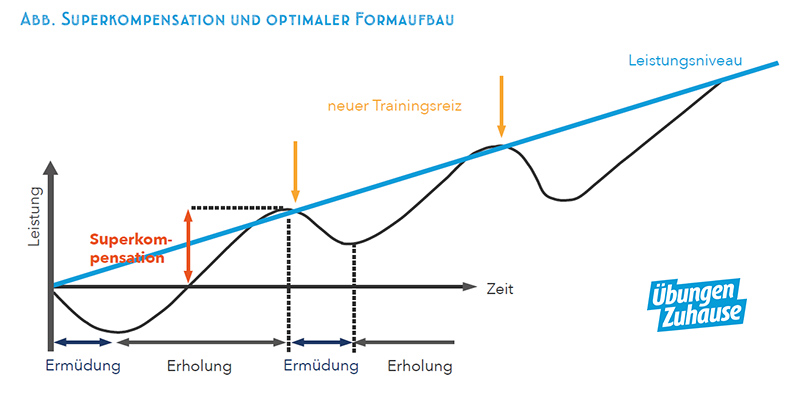
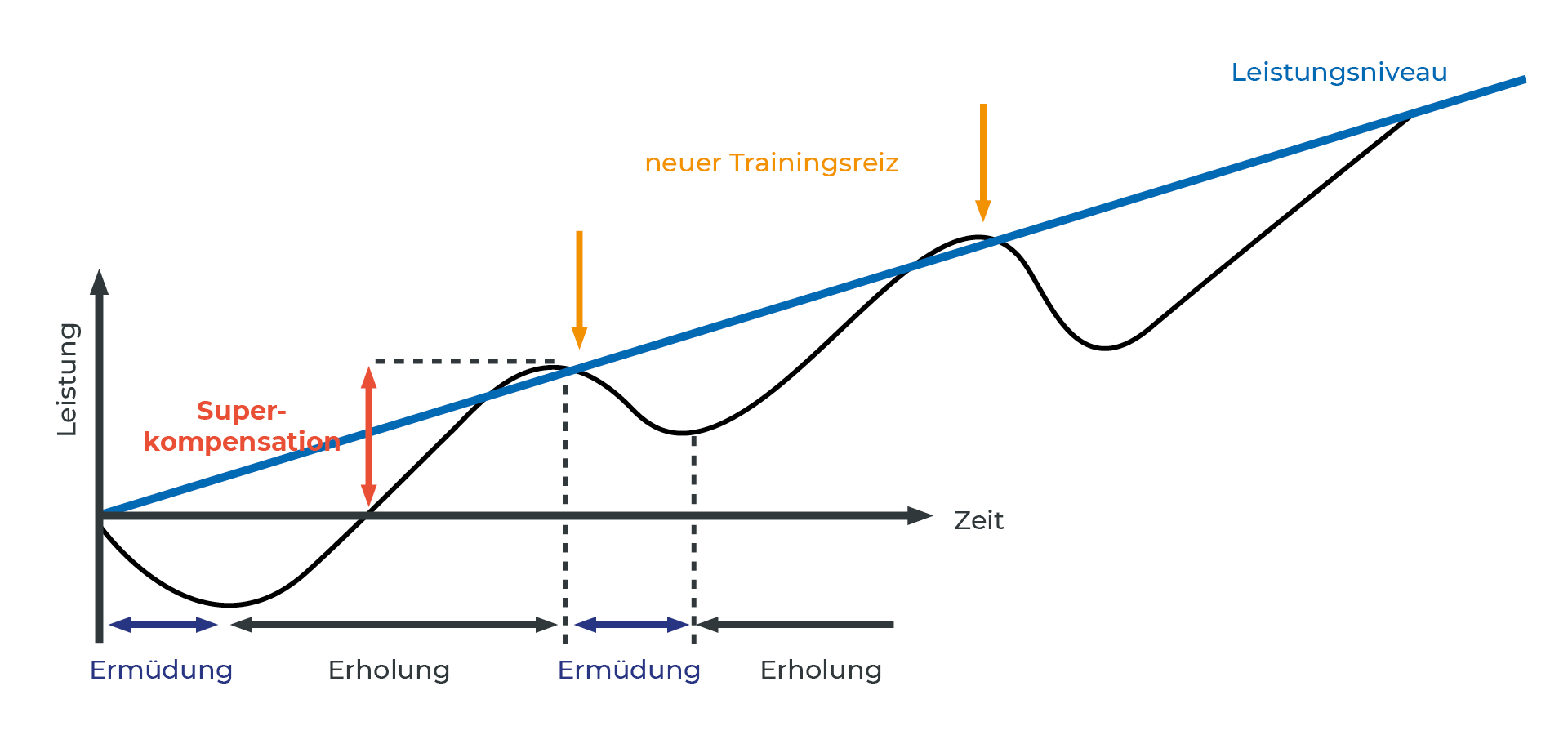
Strength training for beginners should be done primarily on machines and guided movements. Especially at the beginning coordination is not yet trained. This creates an unnecessary risk of injury when training with free weights.
Therefore, equipment such as chest press, leg press, rowing machine, etc. are suitable for the start. Furthermore, repetitions in the range below 12 are still too strenuous for many people. The weight should always be chosen so that the repetitions are just about reached. Again, the body must first adapt to the load and strengthen muscles, tendons & ligaments.
After about 8 - 12 weeks of continuous training, the body has become accustomed to the load and the training can be changed. Now the weights should be increased, the number of repetitions reduced and the first simple exercises with free weights as well as on the rope pull should take place.
Strength training plan for beginners?
Training should be done 2-3 per week. Between the units 48h break. Before the exercises a warm-up must be do
| Exercise | Sets | Reps |
| Crosstrainer | 1 | 1o min |
| Arm circles | 1 | 15 |
| Bodyweight Squat | 1 | 12 |
| Crunches | 1 | 12 |
| Body rotation | 1 | 10 |
| Exercise | Sets |
Reps | Pause |
| Leg press | 3 | 20-25 | 1,5min |
| Bench press | 3 | 20-25 | 1,5min |
| Rower | 3 | 20-25 | 1,5min |
| Lat pulldown | 3 | 20-25 | 1,5min |
| Crunches | 3 | 10-20 | 1,5min |
| Plank | 2-3 | 30-45 Sek | 1,5min |
1. Squat
The knee bend is also often called the mother of all strength training exercises. This exercise is mainly aimed at the leg muscles. However, the shoulder, arm and abdominal muscles are also involved. The knee bend is performed with a barbell on the back.
As with all strength training exercises, the technique should first be perfected and then the weight should be increased. Otherwise you train a wrong technique and incorrect posture.
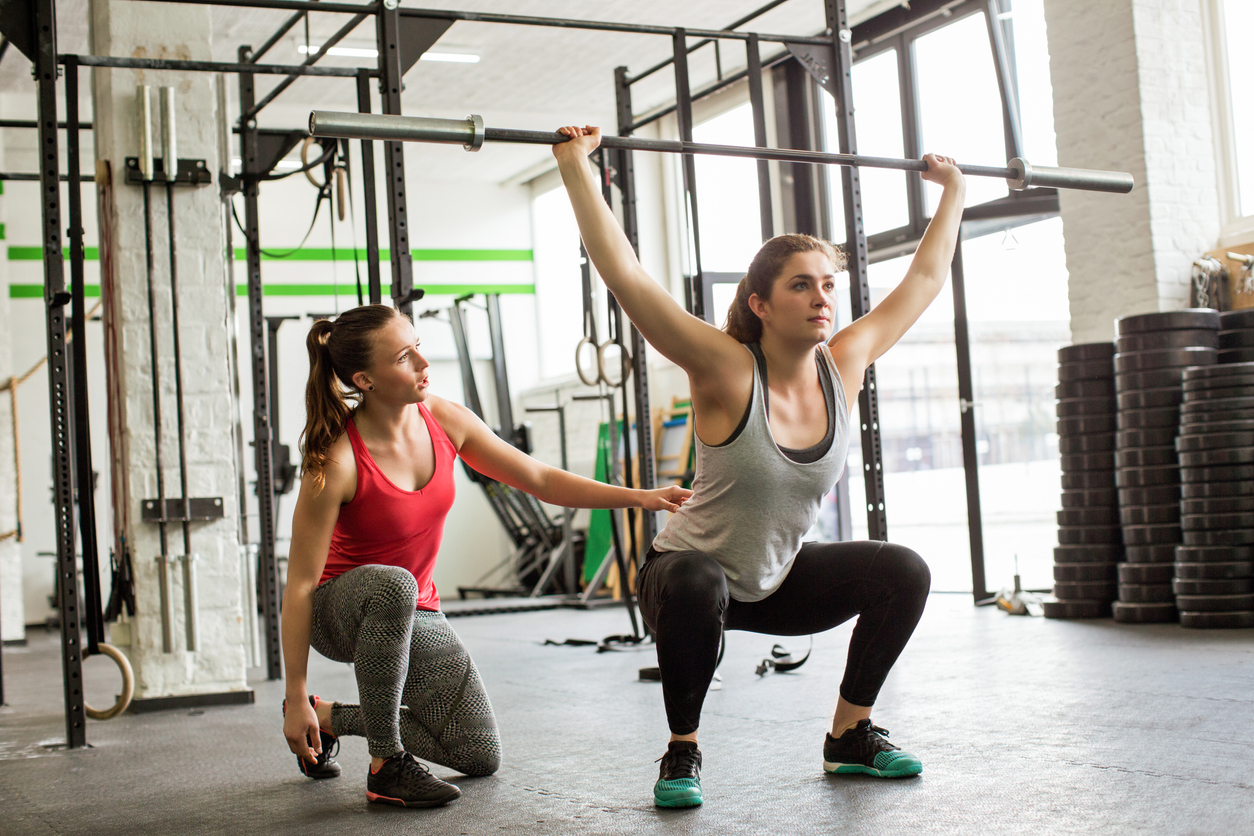

2. Deadlift


3. Bench press


4. Shoulder press

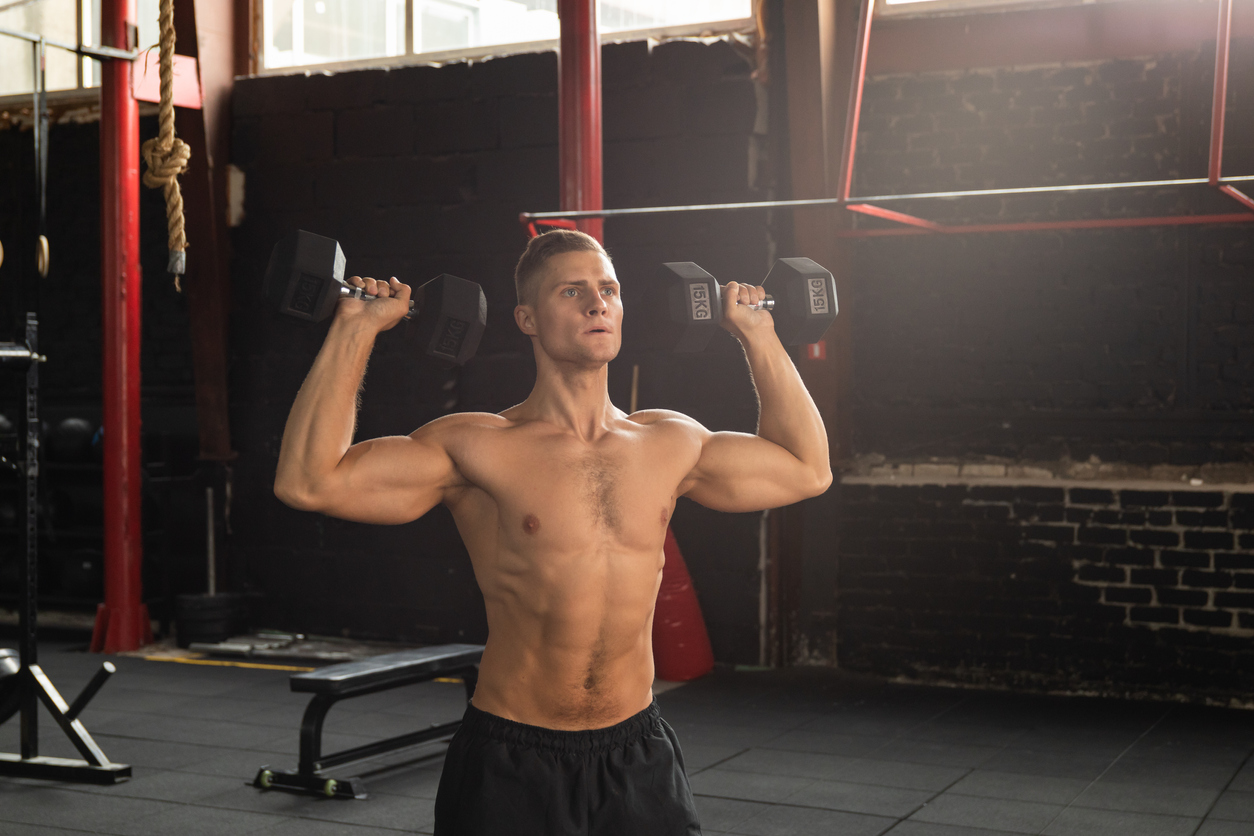
5. Pull Ups
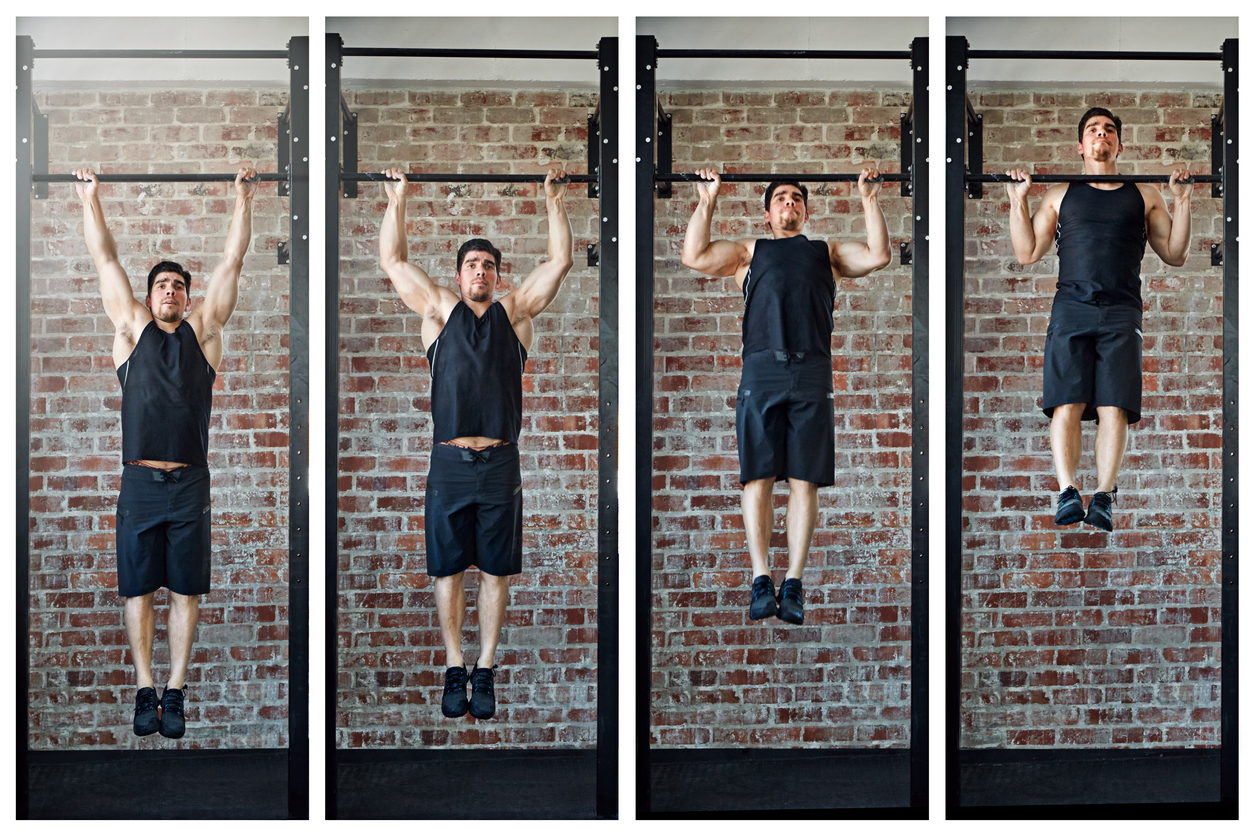


6. Dips


7. Bicep Curls


8. Crunches with additional weight


9. Lunges
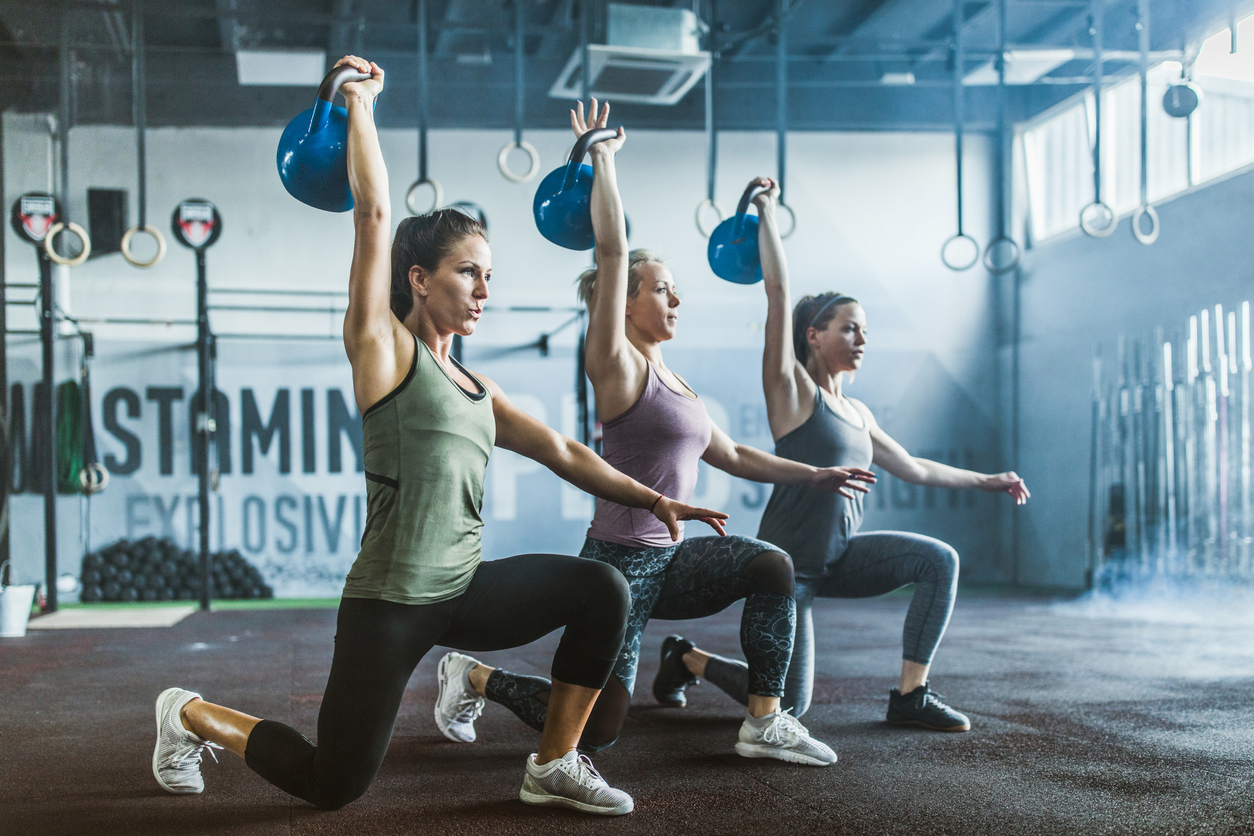

10. Rows

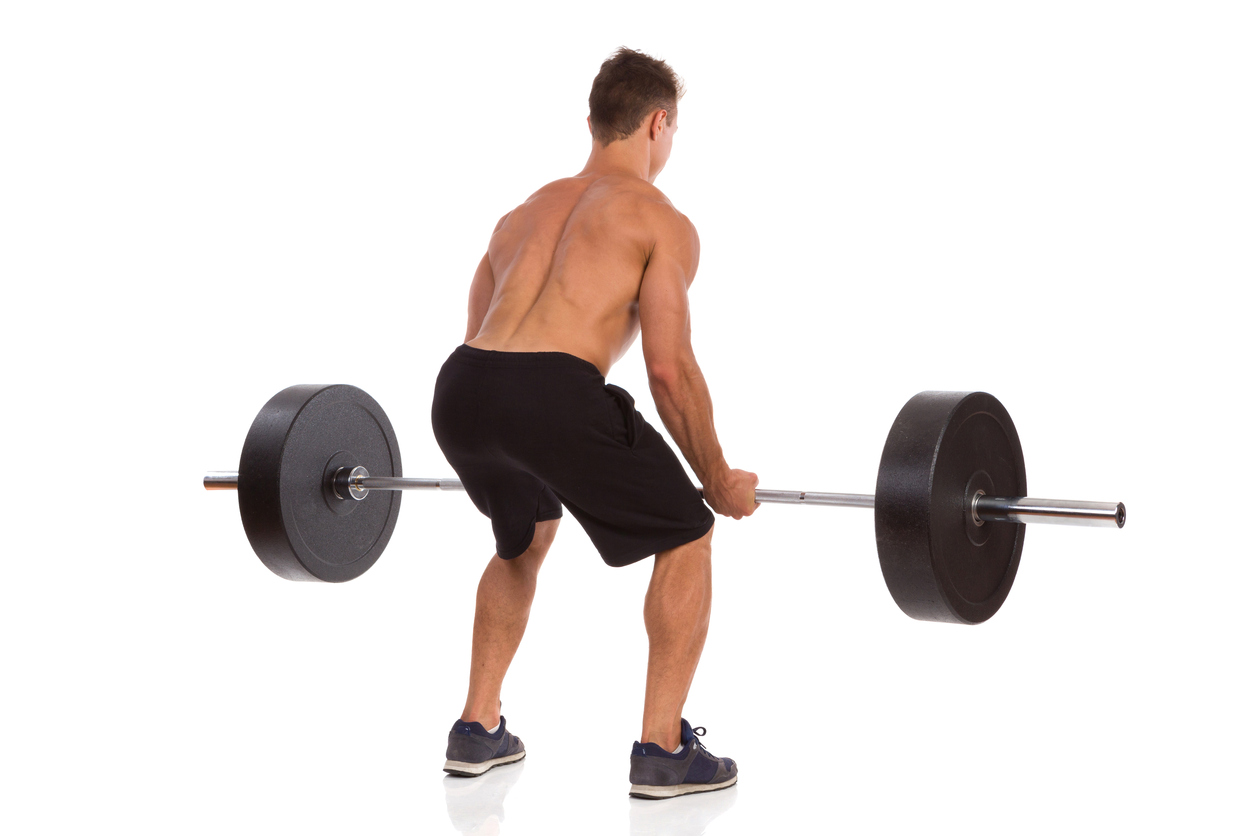
Our book recommandations

